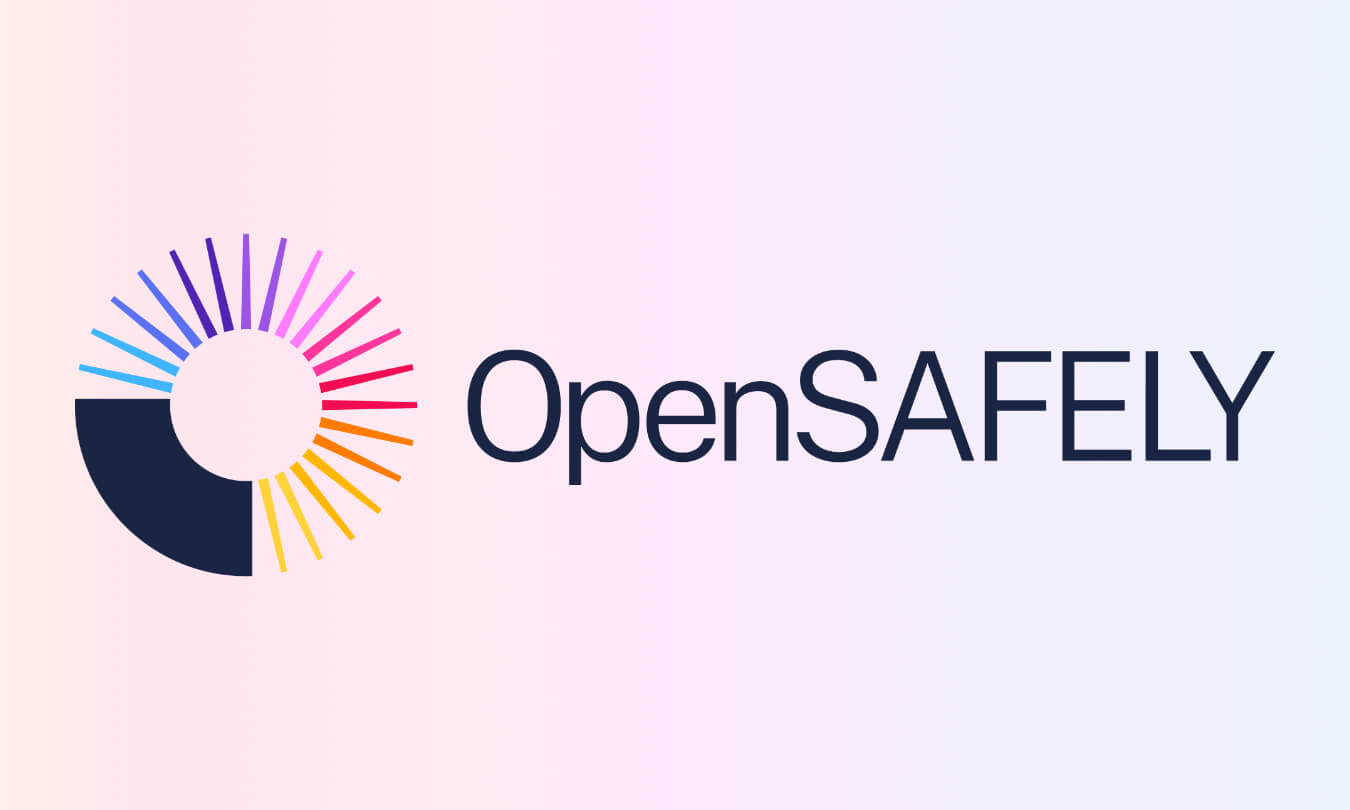The team has been doing lots of media work on OpenSAFELY recently, and so we’ve created this one-page explanation of the platform: what it does, how it works, the problems it solves, and the outputs from our wonderful user community.
We usually share this one-pager with people by email, but we thought it deserved a wider audience.
- OpenSAFELY has been able to provision the GP records of the population of England to NHS analysts and researchers since the pandemic. It has recently received substantial new funding from NHS England and Wellcome.
- UK GP records are incredibly powerful for research, innovation, and health service improvement. They have breadth (one record for every citizen) and depth (huge amounts of detail about every citizen’s health).
- GP records also present a substantial privacy risk, because of that breadth and depth. We knew that this privacy issue could not be ignored, so instead we had to engineer and innovate around it.
- The OpenSAFELY team invented new ways to manage privacy risks, and implemented those ideas in a working service. Researchers are given dummy data to develop their analysis; then submit their analysis code for automated remote execution against real patient records, without ever needing to directly interact with those records. There are then further manual checks before results are released outside the platform. All users and projects are approved by NHS England.
- The BMA, the Royal College of GPs and privacy campaigners MedConfidential have all given their support to our privacy model, including in formal written letters to the Secretary of State. These organisations have previously raised concerns about other approaches for national-scale GP data access.
- OpenSAFELY provides an unprecedented volume of data: the whole population’s GP records, but also hospital records (SUS/HES), ONS death records, and extensive bespoke research datasets.
- OpenSAFELY users are highly productive. Platforms need to be useful as well as secure. OpenSAFELY is now supporting 181 projects from users at 30 different organisations (universities but also NICE, UKHSA, and the NHS). The platform has delivered over a hundred completed outputs, covering a wide range of topics. This is very high productivity, especially when considering the funds to date.
- OpenSAFELY is a public asset. It is publicly funded, and built by researchers and software developers at the University of Oxford, in very wide collaboration. All intellectual property is shared openly, the code is all open source. The legal “Data Controller” for the NHS England OpenSAFELY GP Data Service is NHS England and the GP practices themselves.
- GP data should be used more, it’s a critical national asset. There is an almost endless list of uses for this data: research, innovation, and optimising NHS services. OpenSAFELY has shown that privacy need not be in conflict with data access, as long as platforms are designed in ways that manage both privacy and efficiency for users.
- There is detailed open information online for every layer of OpenSAFELY. Everyone can read the full technical user manual; all the code for the platform and each analysis; live logs of all code from all users, in real-time; all the approved projects, and all the outputs.
- The uses of OpenSAFELY will soon be expanding. NHSE and DHSC are working on the changes needed to cautiously expand the platform’s permissions to cover research on other clinical topics (until now OpenSAFELY has been COVID only). Wellcome has announced a new £17m investment in the platform, for core capability and for a new mental health data project.
This 4-minute video is also a helpful beginner’s introduction to OpenSAFELY:



